Before departing Ovar, make sure to try their famous specialty – Pão-de-Ló de Ovar. It looks like a loaf of bread but is a light and fluffy dessert. It’s traditionally wrapped in “almaço” paper and is a classic Portuguese sweet treat.
Ovar is known for its rich cultural and natural heritage, and one of its gems is Furadouro Beach. A haven for fishermen or surfers depending on the season, this beach’s expansive sandy shores are caressed by the mighty Atlantic waves.
Continuing your northern trajectory, you’ll reach Espinho, a lively city. To the south, in Paramos, you’ll find the Paramos Lagoon – Bird Observatory. This area holds ecological, landscape, and recreational allure, boasting a rich tapestry of ornithological and plant diversity. Noteworthy is the fact that some species are safeguarded under the “Directives of the Council of the European Communities on the conservation of wild birds”. The Archaeological Station – Castro de Ovil, as well as the ancient windmills strewn across the landscape, gives this region its unique character.
In Espinho, an excursion to the João de Deus Park is a must. This expansive garden thrives with the presence of numerous trees.
Continuing along the coast, you’ll arrive in Arcozelo and then at the Senhor da Pedra Chapel, nestled at Miramar Beach.
Pressing onward along the picturesque coastline adorned with numerous beaches, you’ll eventually reach Vila Nova de Gaia, positioned to the south of the Douro River, and further north is the city of Porto. The Cais de Gaia offers a splendid vantage point to admire the enchanting view of the Douro River and the historic precinct of Porto.
In Vila Nova de Gaia, don’t miss Serra do Pilar Monastery, perched in a prime location, gifting visitors one of the most exquisite vistas of the city of Porto.
If you’re interested in food and wine, you can visit the Port Wine Cellars. Additionally, there are several parks and centers to explore, such as the Biological Park, Lavandeira Park, Dunas da Aguda Park, Castle Botanical Park, Maria Pia Bridge Park, Afurada Heritage Interpretive Center, Douro Estuary Local Nature Reserve, Aguda Coastal Station, Gaia Streams, and Santo Inácio Zoo.
Although the connection between Sections 29 and 30 is facilitated by the Luís I Bridge, other bridges of remarkable architectural elegance link the municipality of Vila Nova de Gaia to Porto. These include the Arrábida Bridge, Freixo Bridge, Infante Bridge, Maria Pia Bridge, and São João Bridge.
Photos:
Câmara Municipal de Ovar; Espinho Turismo; Câmara Municipal de Gaia
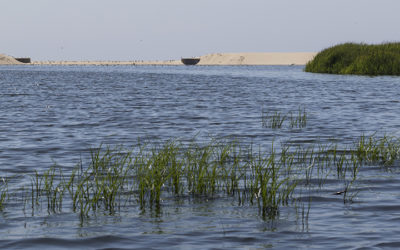
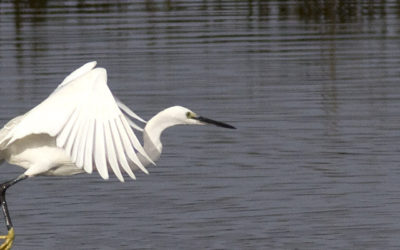
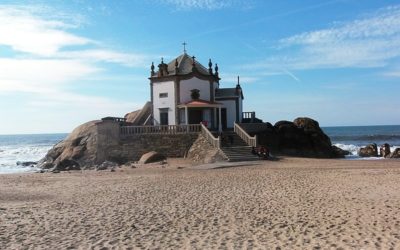
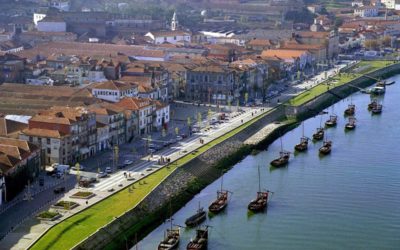
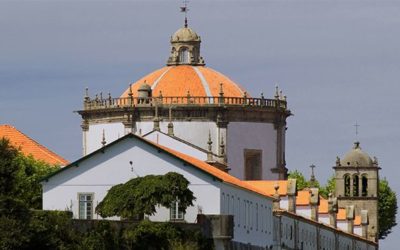

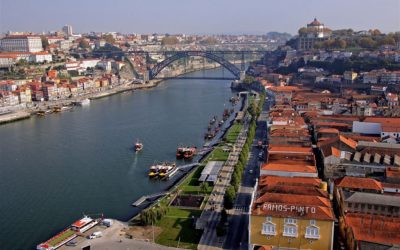
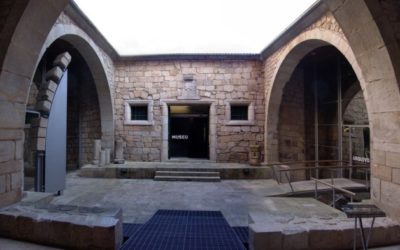
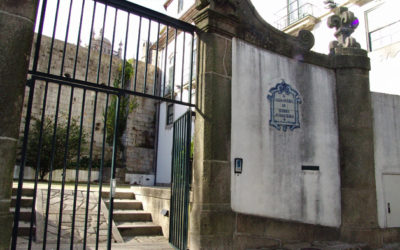
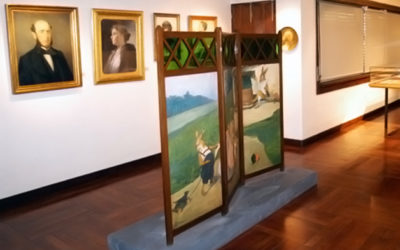
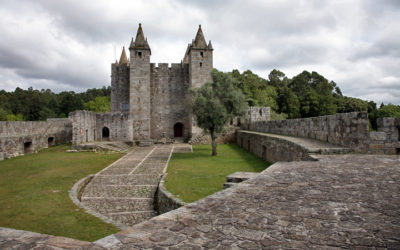
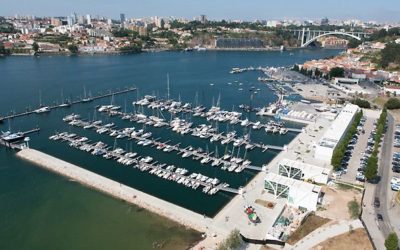
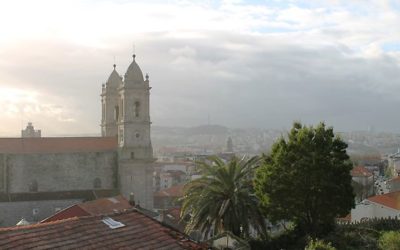
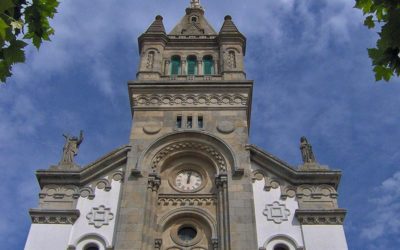
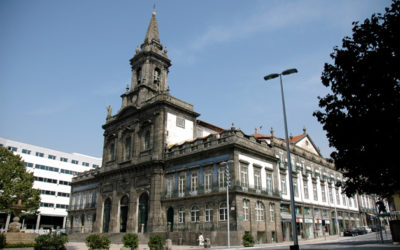
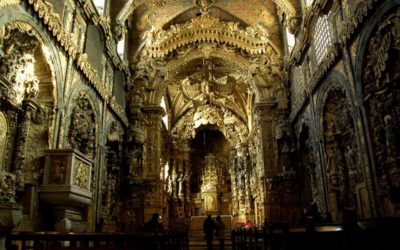

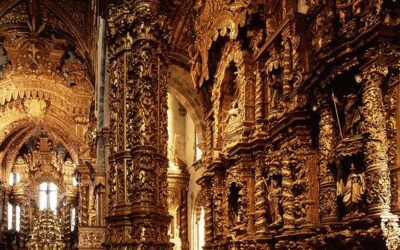
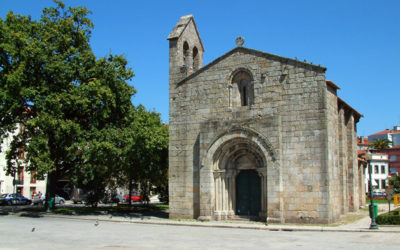
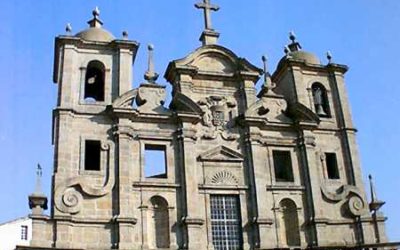
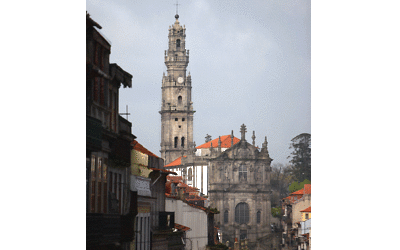
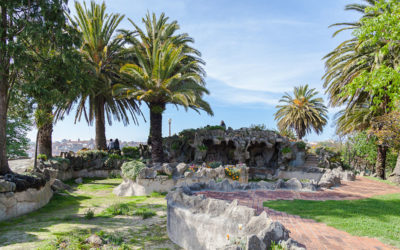
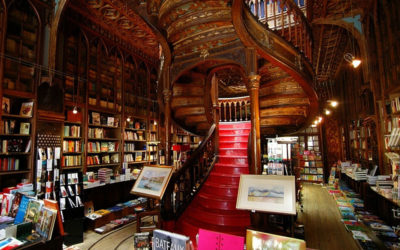
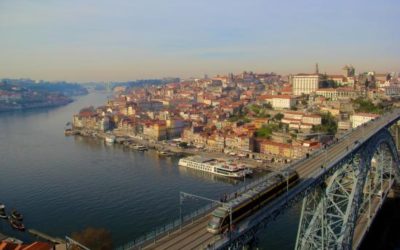
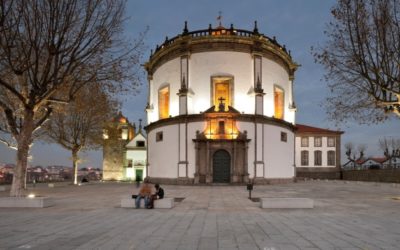

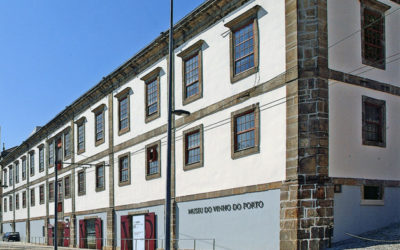
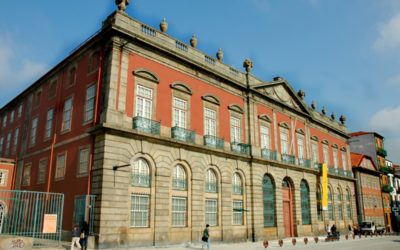
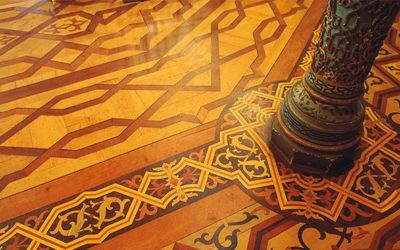
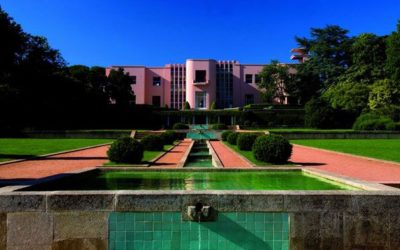
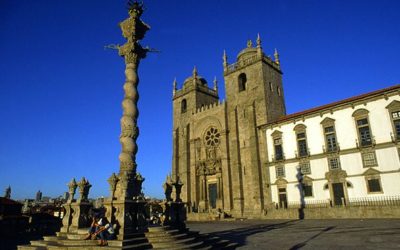


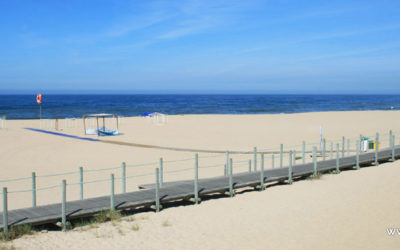
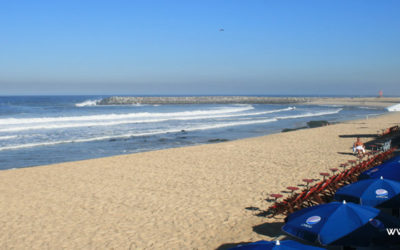
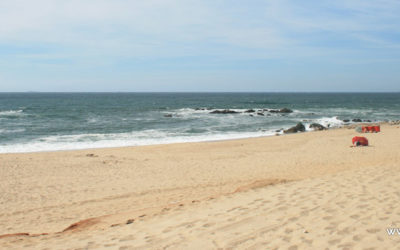
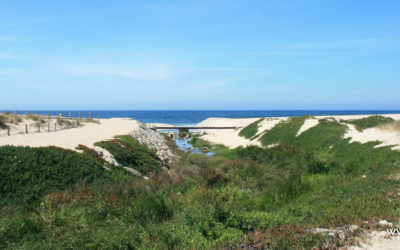
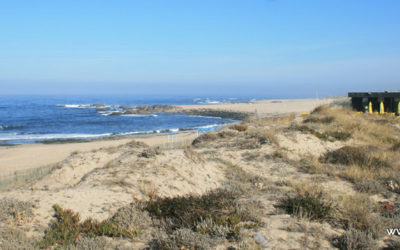
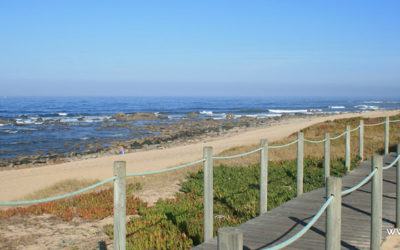
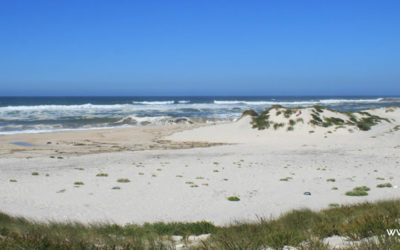
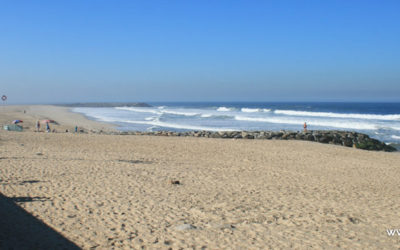
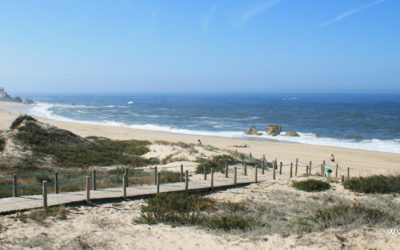
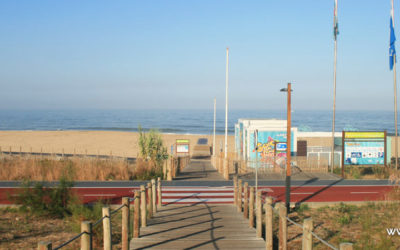
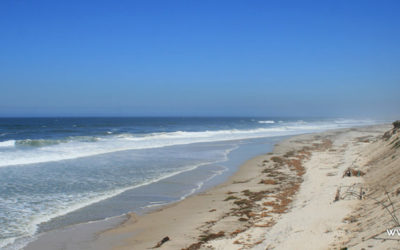
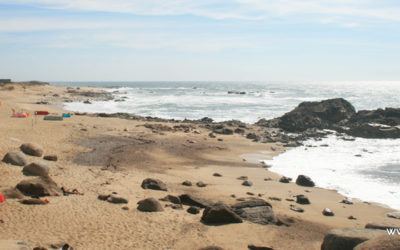
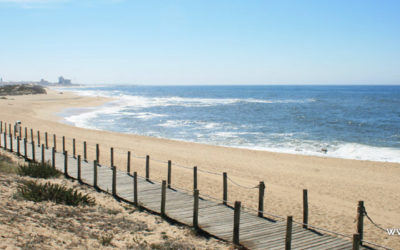
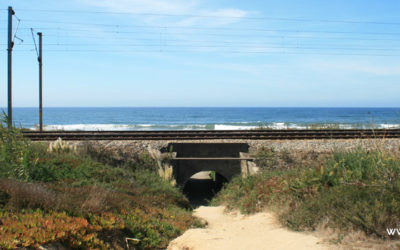


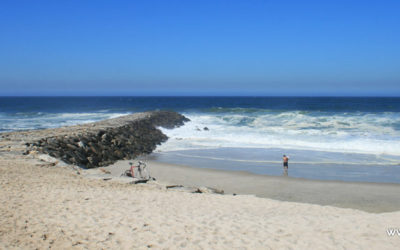
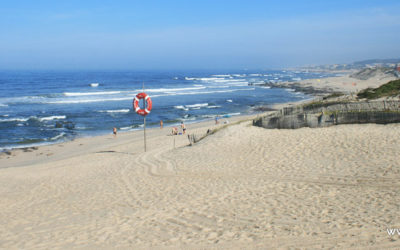

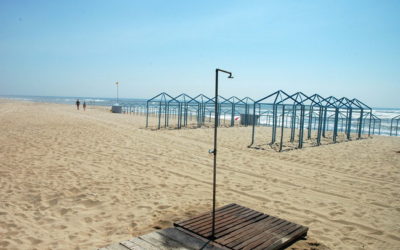
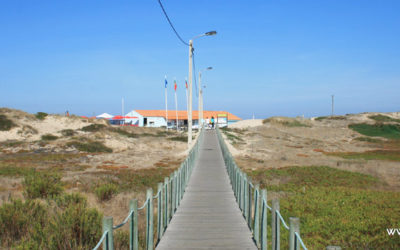
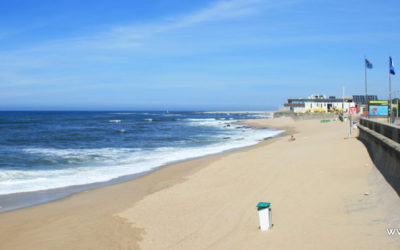

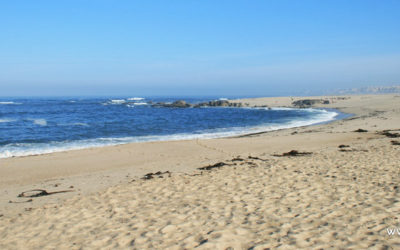

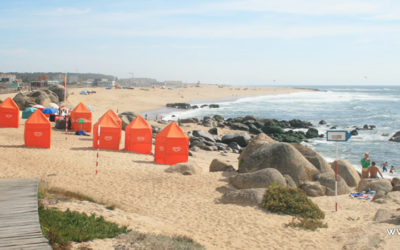

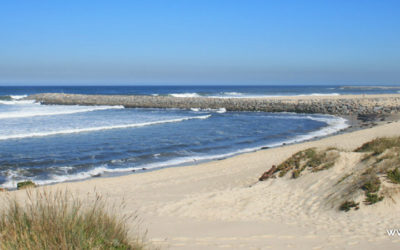
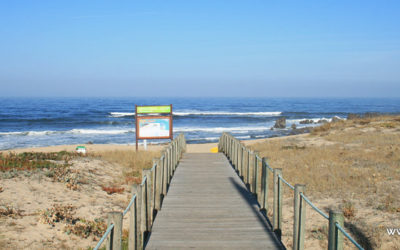
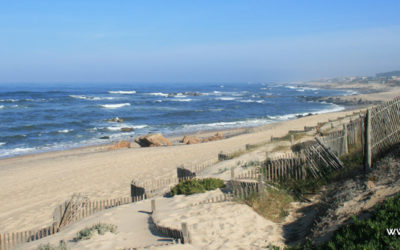
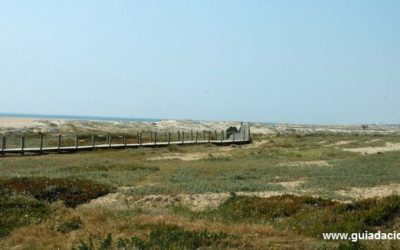
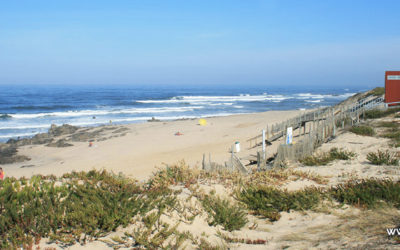
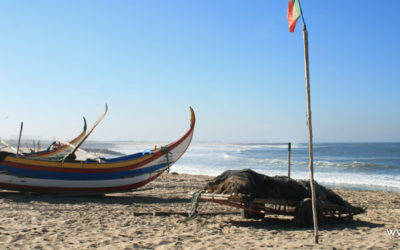
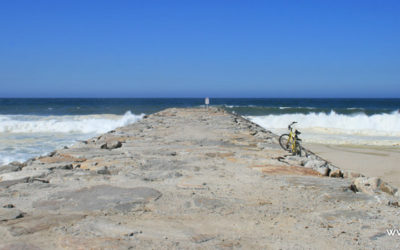
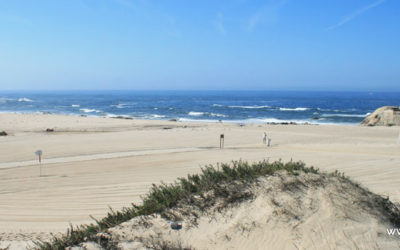
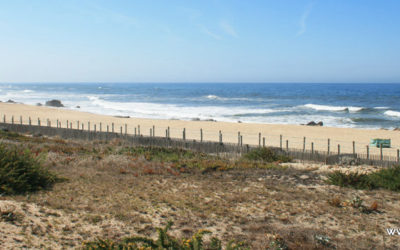
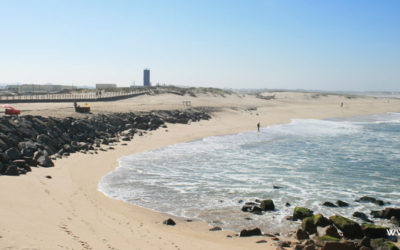
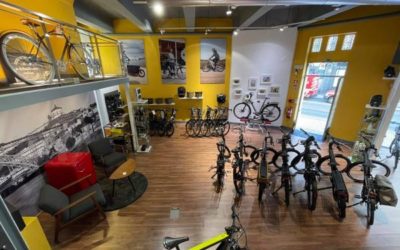
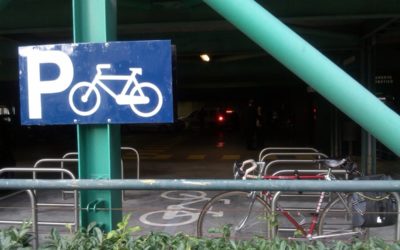
Comments: Section 26